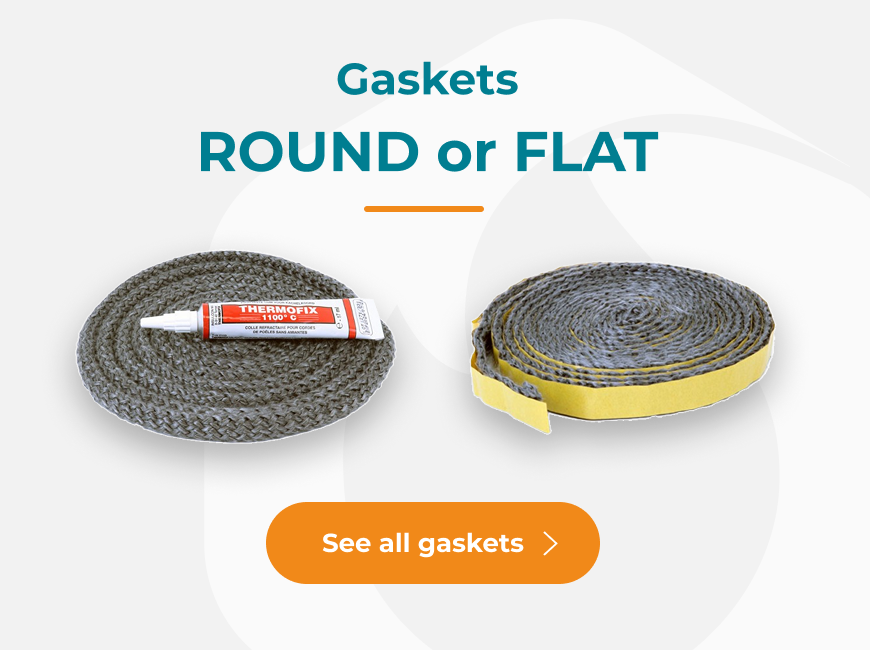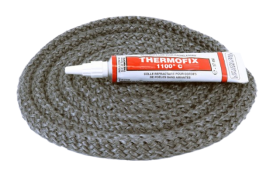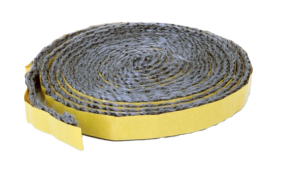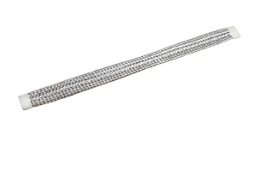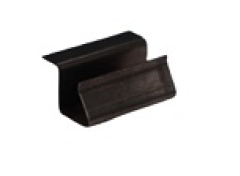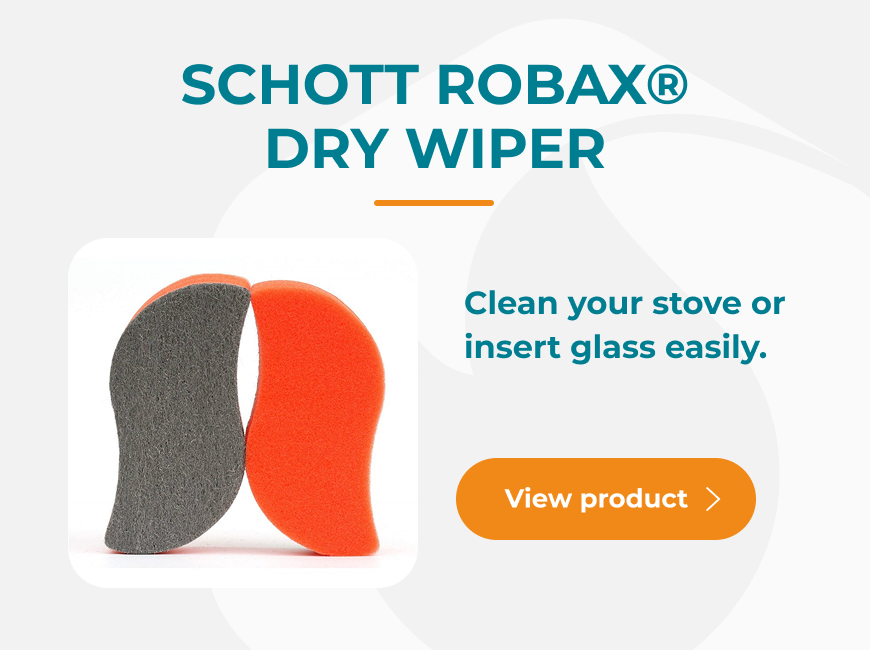In most cases, there is a fibreglass gasket between the glass of your stove and the appliance door. There is also a gasket between the stove door and the firebox inlet.
When should these seals be changed? And why should they be replaced?
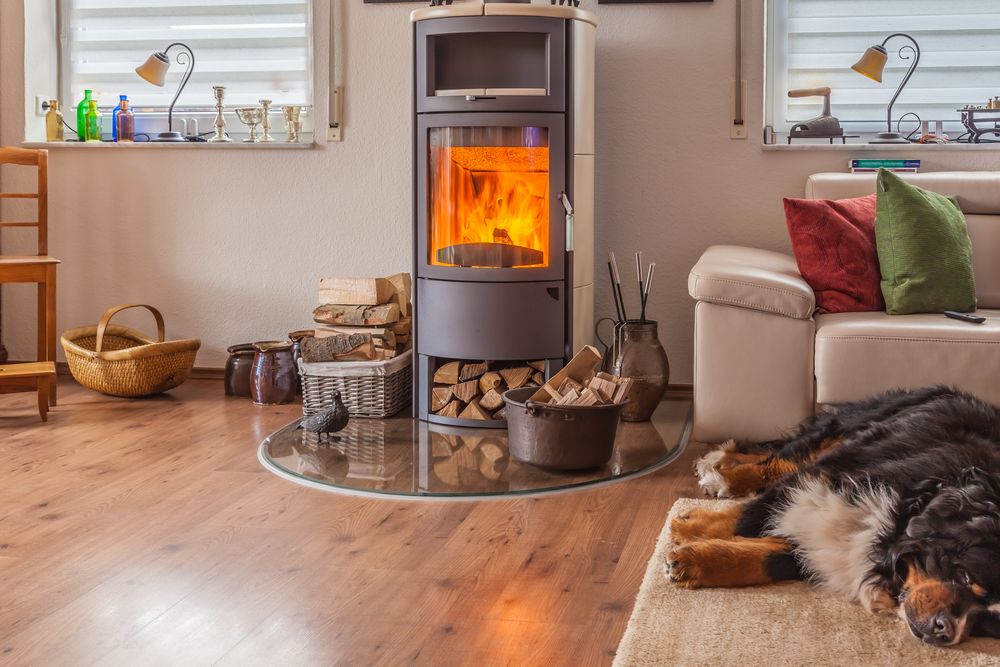
Why replace gaskets on your wood-burning stove, pellet stove or insert?
Replacing the door gasket
Your wood-burning appliance has been designed to achieve optimum performance at a certain heating output. The appliance must therefore not ‘idle’ for the fuel to burn efficiently.
The door gasket is an essential part of your stove's operation. It makes the door airtight. The air needed for combustion is supplied through an opening usually located at the bottom of the insert door, sometimes at glass level, and a system is used to regulate the appliance's draught.
It is therefore essential to check the condition of the door seal and replace it if it is damaged.
Replacing the glass gasket
The gasket next to the glass in your heater is called the ‘glass gasket’. It is installed in different ways depending on the model of your heater:
- All around the glass
- U-shaped: on the sides and bottom of the glass
- and sometimes there is no glass gasket at all.
For appliances with a U-shaped glass gasket, i.e. on the sides and bottom only, this arrangement creates an air flow along the glass to limit the deposit of soot.
It is essential to follow the instructions for your appliance regarding the type of gasket and its installation. For example, if your appliance was not originally fitted with a glass gasket, it is essential not to add one, as this could prevent the air from circulating properly.
Glass or door seals: safety features
In all cases, the gaskets are an essential part of your appliance's operation and your safety when using it.
A stove or insert with faulty gaskets will tend to show the following signs:
- The glass will tend to get dirty more quickly,
- the stove will consume more fuel (logs or pellets),
- the flue will become clogged more quickly (formation of soot and bistre),
- Finally, toxic gases can escape into the room where the appliance is installed, causing poisoning.
Replacing the gasket regularly is therefore crucial for your health and for optimising your heating system.
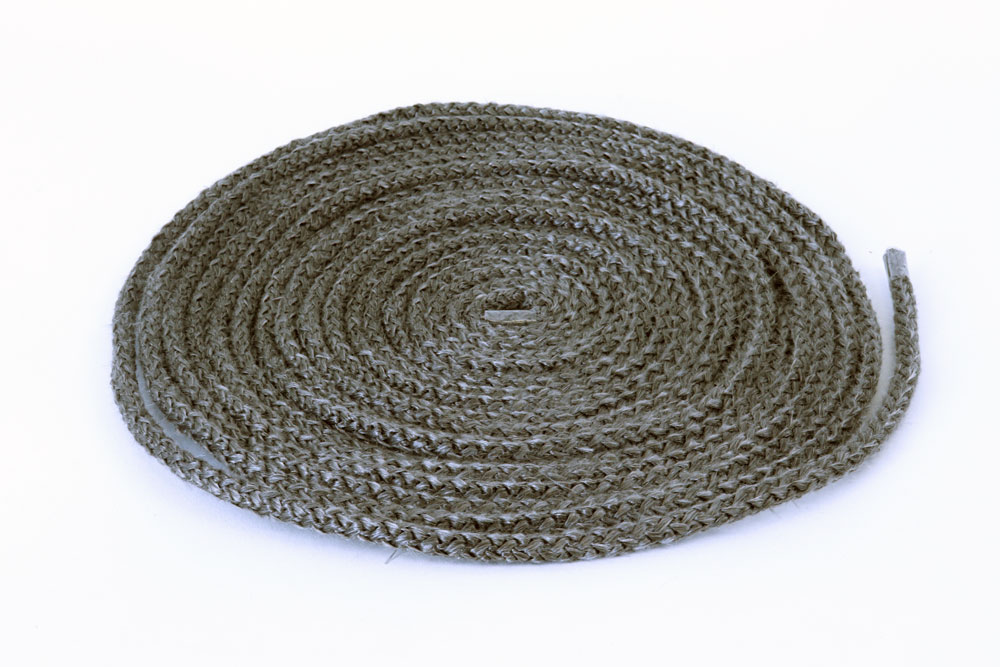
When should you change the glass and door seals on your appliance?
You should change the glass gasket on your wood-burning appliance if you notice at least one of the following symptoms:
- the gasket is damaged, frayed, torn or crushed
- the gasket is dirty, dusty or stuck with soot
- you notice that your appliance is burning more wood
- the glass is getting dirty more quickly
If you notice any of these problems on your stove, remember to check the gasket and change it if necessary.
To find out how to change your glass gasket, read our advice sheet ‘How to choose your glass and door gaskets’.
How do you know if the door seal is still effective?
To find out whether the door gasket on your stove or insert is still working, perform the paper strip test.
- Take an A4 sheet of paper, for example
- Open the door of your appliance and close it on the sheet of paper
- Gently pull on the paper:
- if it resists and doesn't move, then your gasket is still watertight
- if it slips between the door and the appliance, then your gasket is no longer working and you can replace it.
In all cases, we advise you to replace your glass and door gaskets every 2 to 3 years, and whenever you replace the glass.
We have listed glass and door gaskets for most brands of wood-burning stoves and inserts on our website. You'll find the right gasket for your appliance in this category: Stove and insert glass gaskets.
You now have all the information you need to decide whether your glass and door gasket need replacing.
If you have any doubts or questions
don't hesitate to contact us
at
+332 31 53 20 70
Monday to Friday
9am to 12pm and 2pm to 5pm
and at any time by e-mail at info@capska.fr



















